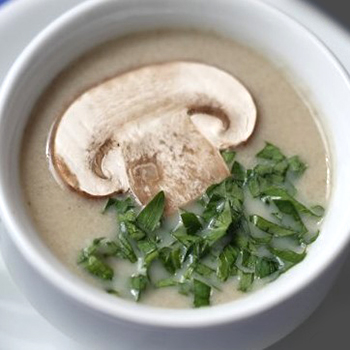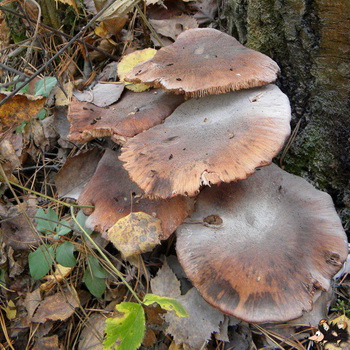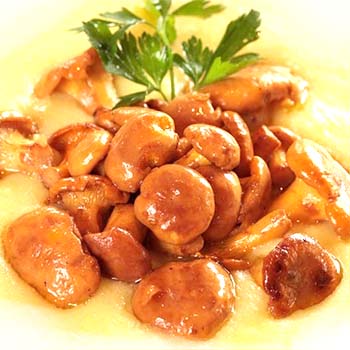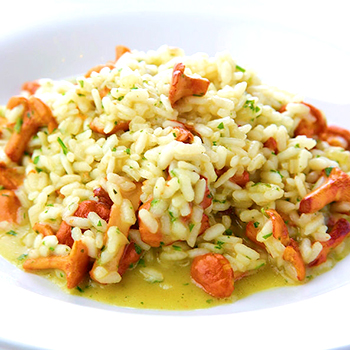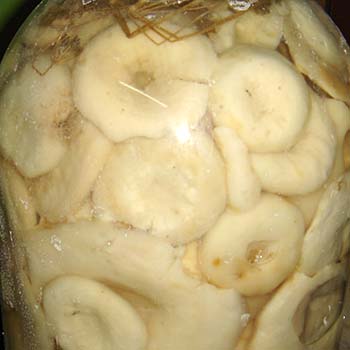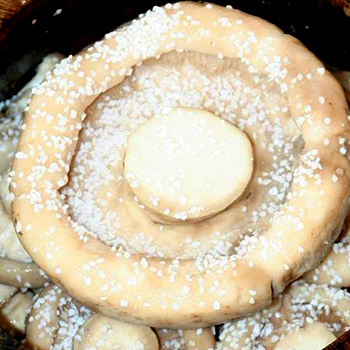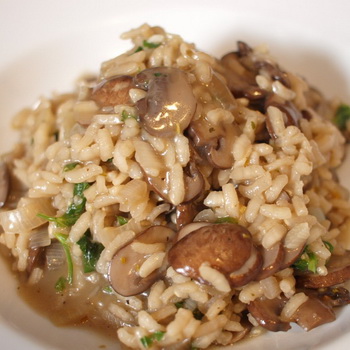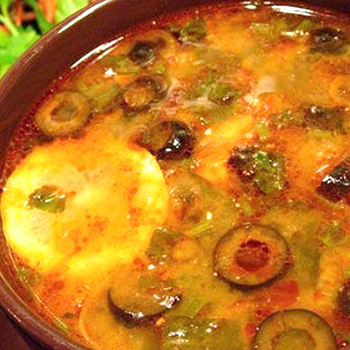When mushrooms are harvested in the Urals: photos of autumn and winter mushrooms, the harvesting season
 Forest mushrooms are one of the gifts of nature for humans. And honey mushrooms are a convenient and practical mushroom in all respects. In the Urals, honey agarics grow in almost all forests and forest plantations. It is not difficult to find such fruiting bodies, since they grow massively in one place, for example, on a stump or a fallen tree. Therefore, even beginners in picking mushrooms are pleased to pick them.
Forest mushrooms are one of the gifts of nature for humans. And honey mushrooms are a convenient and practical mushroom in all respects. In the Urals, honey agarics grow in almost all forests and forest plantations. It is not difficult to find such fruiting bodies, since they grow massively in one place, for example, on a stump or a fallen tree. Therefore, even beginners in picking mushrooms are pleased to pick them.
When do autumn mushrooms appear in the Urals?
In the Urals, honey mushrooms are harvested when warm weather sets in and heavy rains fall. This is around the end of June - beginning of July. Residents of the Urals call mushrooms honey agaric "forest bread", as in cooking it has no equal - it is universal. It can be eaten by anyone, but not raw. And Russian cuisine is replete with recipes for cooking honey mushrooms. We offer you to see photos of honey agarics growing in the Urals:


It should be said that honey mushrooms are very rich in vitamins and minerals that are useful for the human body. Autumn mushrooms are especially appreciated, appearing in early September and continuing their growth until the first frost. Autumn mushrooms in the Urals are considered the most popular among the local population. And the Ural territory itself is the richest in the number and variety of mushrooms. The honey agaric gathering season in the Urals depends on the weather in the region.
For example, September is considered the peak of honey agaric gathering in the Urals. This month, summer mushrooms continue to grow and autumn mushrooms are already beginning to grow.
When honey mushrooms appear in the Urals, it depends on the average daily air temperature. Even if the air warms up in mid-October to 5-7 degrees Celsius, the mushroom season will not stop until November. Even then, many young honey agarics can be found in the forest.
The honey agaric gathering season in the South Urals
In the Southern Urals, honey mushrooms are considered the most popular among fans of "quiet hunting". If there are abundant warm rains in this region, then mushroom picking begins in July - early August. However, if the summer is dry, then the collection time is postponed by 2-3 weeks.
The most favorite places where honey mushrooms grow are young and old hemp. Very often they can be found in clearings where trees were cut down for laying power lines. But honey mushrooms also settle on fallen trees or large fallen branches. Honey mushrooms can also be found on growing healthy trees or near their roots. Another feature of honey agaric growth is forest nettle thickets.
Honey mushrooms usually grow on the same stumps or trees where you found them for the first time. You can return to this place for several years in a row and collect a large harvest until the stumps turn into dust. Note that the forests of the Sosnovsky region in the South Urals, especially near the settlements of Kremenkul, Butaki, and Kremenkul, are rich in autumn and winter mushrooms.
The main feature that helps to distinguish a real honey from a false one is a "skirt" on a leg. This cover protects the body of a young fungus at an early age and remains in the form of torn tissue in adulthood. False mushrooms do not have such a ring, and they have an unpleasant smell.
Honey mushrooms grow in large families and very often grow together at the base with legs. At the end of summer and until the very frost, these fruiting bodies can be found especially often in deciduous forests, especially in forest clearings. There are a lot of such places near Murzinka, Mountain Shield and Sysert. If you go 70-80 kilometers along the Kamensky tract, you will also collect a lot of mushrooms.
Honey mushrooms grow very quickly, a new crop grows in about 2-3 days. And if you have already cut large specimens at this place, come back in a few days and pick up a whole basket of these amazing mushrooms again. It is for the speed and large colonies that mushroom pickers love to collect such fruit bodies.
In addition to the autumn honey mushroom, other mushrooms grow in the Urals. Many are interested in when summer mushrooms grow in the Urals? The growing time of these mushrooms depends on warm days and heavy rains. The honey agaric gathering usually begins in August and ends in September or October, depending on the warm weather. You can find summer honey agaric not only in forests, but also in vegetable gardens, in glades and meadows, especially if the weather is rainy. Summer mushrooms smell peculiar - they have the smell of bitter almonds or carnations. The Middle Urals are especially rich in summer mushrooms, where a large number of them can be collected in the moderately warm autumn months.
However, there are mushrooms, which are collected in November-December, and in warmer winters even in January and March. Winter mushrooms in the Urals are often found in deciduous forests, less often in pine forests on coniferous trees. They can grow not only on felled stumps or trees felled by the wind, but even in hollows. Most of all, winter mushrooms prefer aspen, poplar, linden, willow and many fruit trees. Therefore, if you want to get mushrooms in the winter and not go to the forest, raise yourself mushrooms in the garden, unless, of course, you do not feel sorry for your trees.
Winter mushrooms grow all winter, if the frosts are not too severe. I must say that even in frosty weather, mushrooms do not disappear, but "fall asleep" until the temperature rises slightly above 0 degrees. At the same time, they do not lose their nutritional value and useful properties.
Since all other mushrooms do not tolerate low temperatures and die, you will never confuse winter mushrooms with false species. In addition, winter mushrooms have a fleecy leg and a slippery hat.

